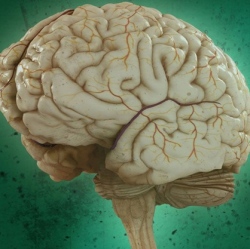
The new diagnostic term “autism spectrum disorder” doesn’t reflect how devastating it can be for parents to have children limited in their ability to communicate and show affection, but it does reflect how little is still known about the condition that affects roughly 2 percent of children in the United States.
Doctors have made great strides in accurately describing and diagnosing autism, but its causes remain opaque. A recent Vanderbilt University offers neurological findings that help explain for the disorder’s seemingly disparate symptoms.
The study, published in January in the Journal of Neuroscience, found that children with autism have a broader window of time than normal children during which their brains process two distinct sensory stimuli as aspects of the same event. The window exists to allow the brain to connect stimuli, for example the sound of the sight of the same action, arriving at slightly different times. In autistic children, that window is much longer, leaving room for confusion.
Stephen Camarata, a hearing and speech scientist at Vanderbilt University who co-authored the study with Vanderbilt neuroscientist Mark Wallace, likened their experiences to “watching a foreign movie that was badly dubbed.”
“The auditory and visual signals do not match in their brains,” Camarata explained.
